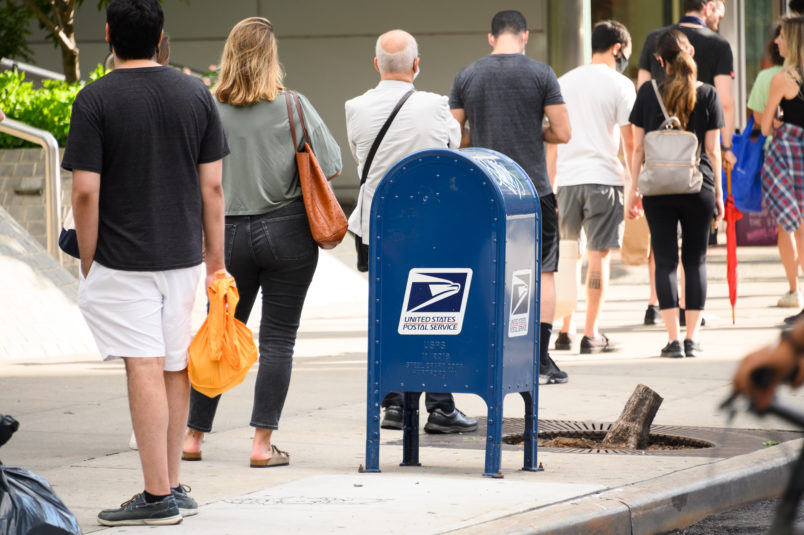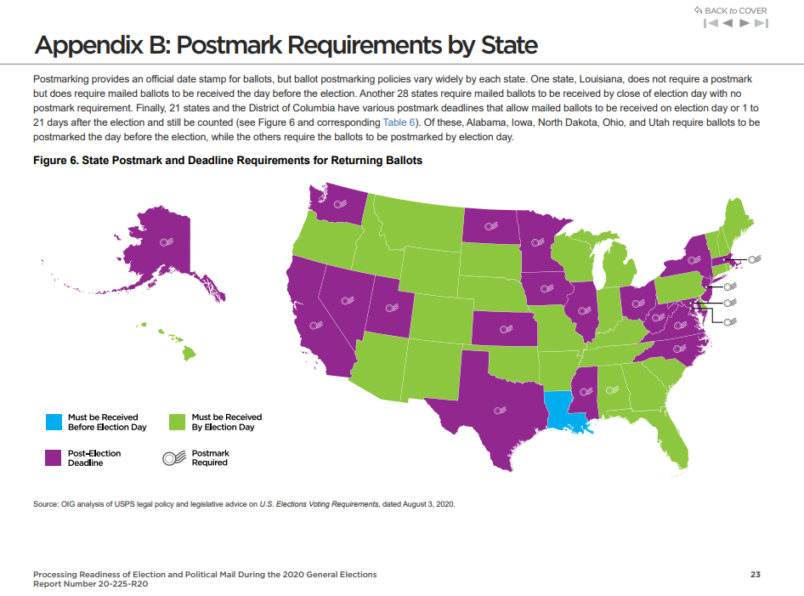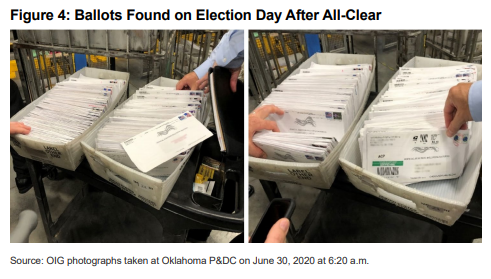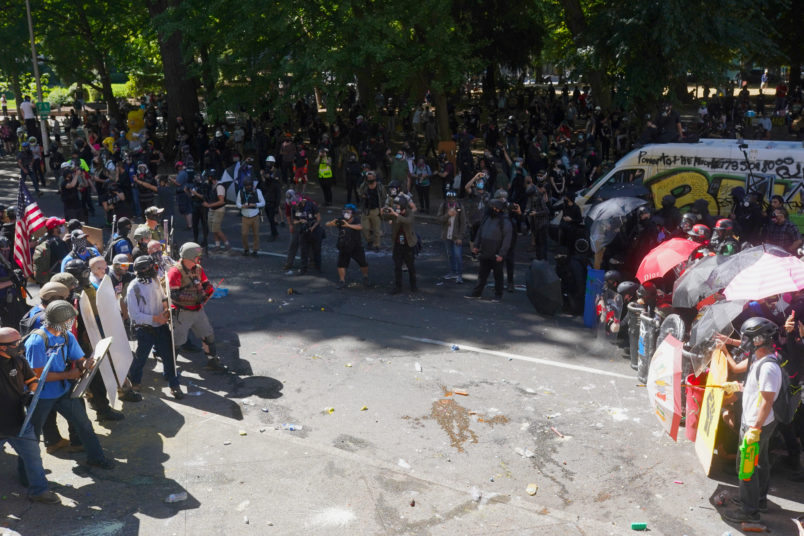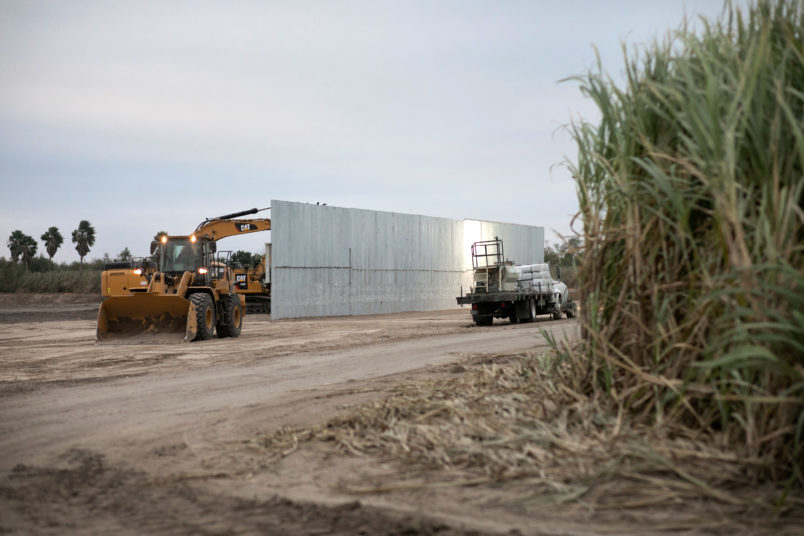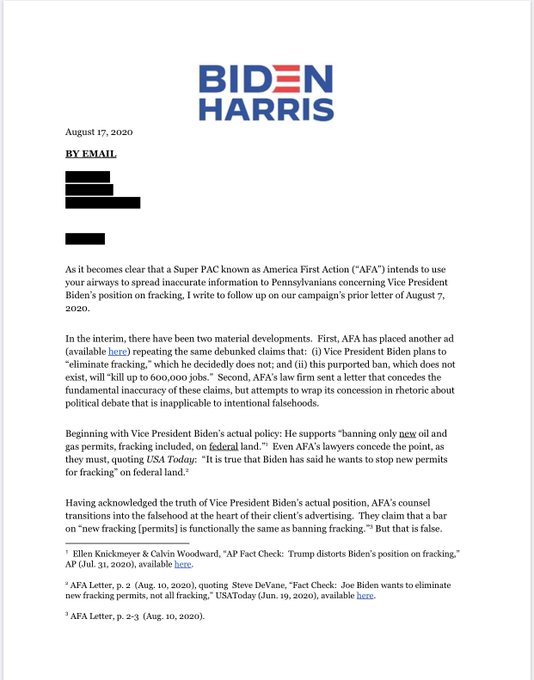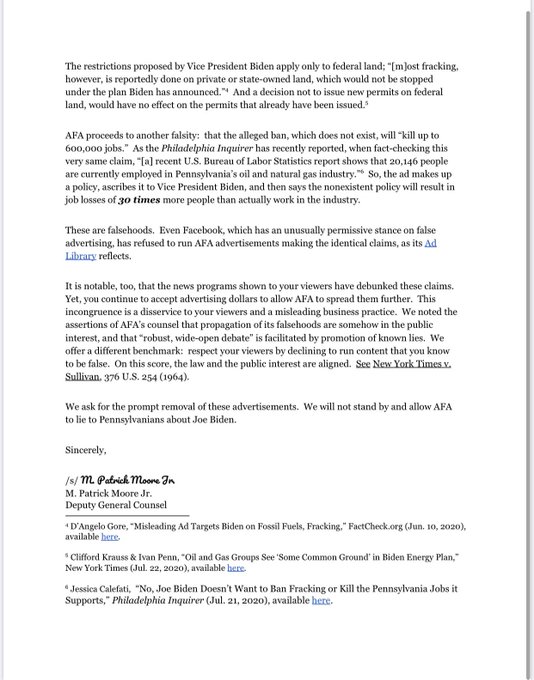COVID-19 Might Mean Humanity Has Entered An Age Of Pandemics, Tony Fauci Warned
“A deadly barrage” of pandemics is coming, a new report warns.
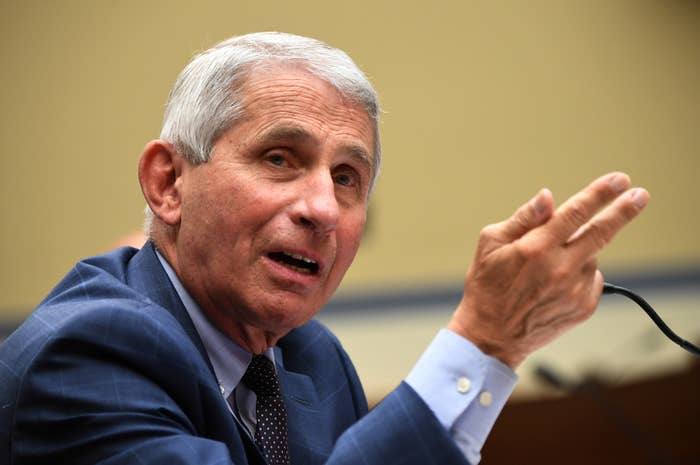
Pool New / Reuters
Humanity has “entered a pandemic era,” with the worldwide coronavirus outbreak likely the first of accelerating epidemics to come, top US infectious disease scientist Anthony Fauci and other public health experts are warning.
In an August report in the journal Cell, Fauci and medical historian David Morens, his National Institute of Allergy and Infectious Diseases (NIAID) colleague, foresee an accelerating rate of pandemics in the years ahead driven largely by deforestation, urban crowding, and wet markets for wild game, which will make increasing environmental degradation worldwide in this century, “the key determinant of disease emergence.”
“I don’t have a crystal ball, but what we are seeing looks very much like an acceleration of pandemics,“ Morens told BuzzFeed News.
These diseases increasingly either reemerge from older menaces, such as West Nile virus or antibiotic-resistant bacteria, or jump from wild animals to people, most notably with the deadly coronaviruses, SARS, MERS, and now SARS-CoV-2. The long-standing patchwork approach of responding to each new outbreak with emergency declarations followed by spurts of funding has to transform into a broader change in how people live to forestall the illness, deaths, and havoc of these plagues, Morens and Fauci argue.
"Evidence suggests that SARS, MERS, and COVID-19 are only the latest examples of a deadly barrage of coming coronavirus and other emergences," they conclude in their report.
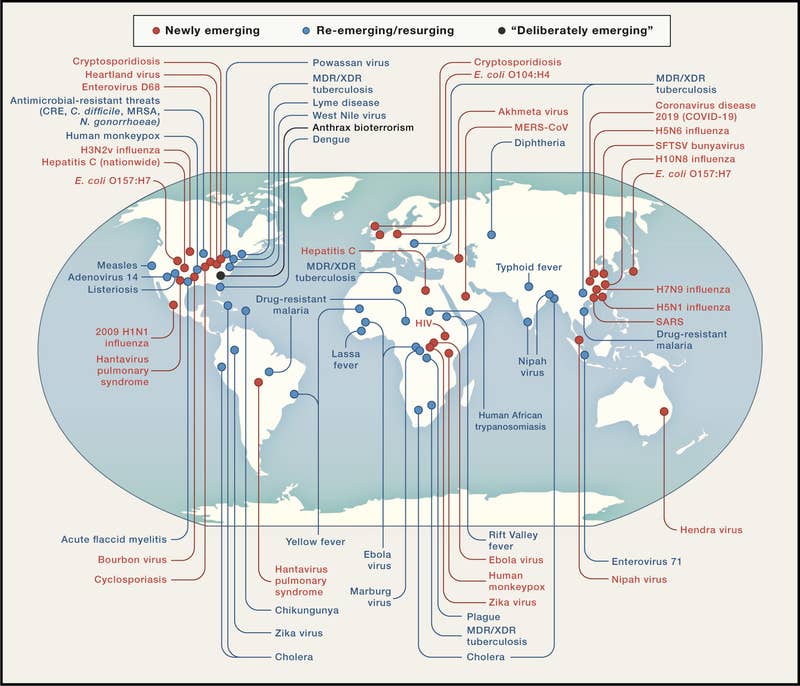
Cell / Via marlin-prod.literatumonline.com
Infectious diseases since 1981
The number of novel coronavirus cases is approaching 26 million worldwide, causing more than 850,000 deaths. In the last 17 years, Morens noted that three novel coronaviruses have emerged in people after more than a century without any new ones. There's also been an explosion of Ebola outbreaks almost continuously in the last six years, a pandemic of mosquito-borne Zika, and the global spread of fatal dengue hemorrhagic fever. It looks like more than a coincidence, he said.
“These pandemics do seem to be an increasing trend that look like they are going to happen more often, that is a fact,” said emerging diseases expert Nikos Vasilakis of the University of Texas Medical Branch at Galveston. “I don’t think it is avoidable. But it is preventable.”
There is a broad range of diseases besides coronaviruses that have pandemic potential every bit as bad as the current one, experts such as Gregory Gray of the Duke Global Health Institute told BuzzFeed News. They include ones that cause “killer colds,” mosquito-borne illnesses, polio-related paralytics, and the flu, where a “bird” flu jumping from poultry in China had been the expected next pandemic among infectious disease experts for the last decade. The current pandemic is a chance to rethink treating each new disease as a one-off emergency, Gray and other experts said, and move to continuously lowering the risks for potential outbreak hot spots where people, domestic animals, and wild animals are crowded together.
@DrTedros “The best way to end this pandemic is through solidarity, through cooperation”, says @drtedros. "Whether we like it or not, we're living in a globalized world. We are intertwined. The only option we have is to move together. And to fight this enemy together."
“There's a lot more viruses where COVID-19 came from," Princeton evolutionary biologist Andy Dobson told BuzzFeed News. In a July paper cited by the NIAID officials, Dobson and colleagues estimated the cost of ending the wild meat trade in China to be $19.4 billion and the limited human exposure to virus-laden wildlife at less than $12 billion, compared to the estimated minimum $5 trillion in damages from the COVID-19 pandemic.
“We need massive reductions in rates of environmental degradation, both loss of tropical forests and the egregious wildlife trade, otherwise the cage of emergent pathogens is wide open,” Dobson said.
On Thursday, NIAID named 10 centers for research into emerging diseases, each one aimed at investigating pathogens that might spill over from wild animals into people, like the coronaviruses, SARS, MERS, and SARS-CoV-2, which originated in bats. The announcement followed the NIH suspension of a separate grant in April to one of the centers, the EcoHealth Alliance, that looked for emerging coronaviruses in China, after complaints about it from President Trump.
But a lot more is needed than that effort to protect us from future pandemics, Morens said. With a human population expected to reach more than 10 billion people in this century, the report by Fauci and Morens calls for “living in more thoughtful and creative harmony with nature,” or else expect to see more pandemics like COVID-19 every few years.
“We cannot predict the emergence of any one pandemic, and it's possible this trend will just go away,” Morens said. “But I wouldn’t bet on it.”


